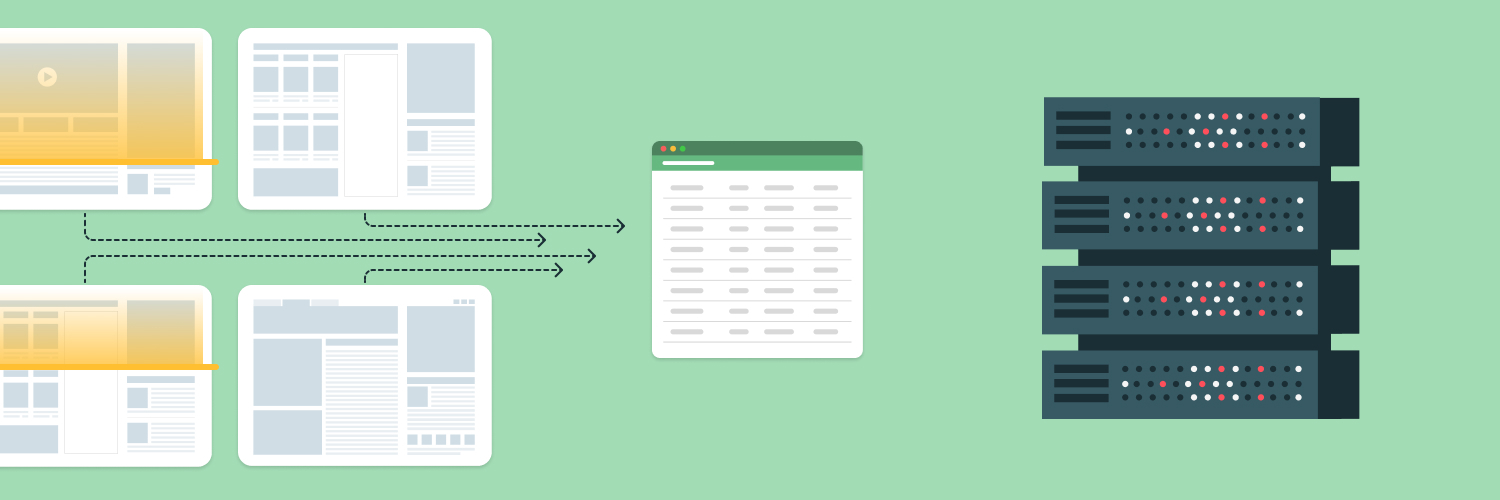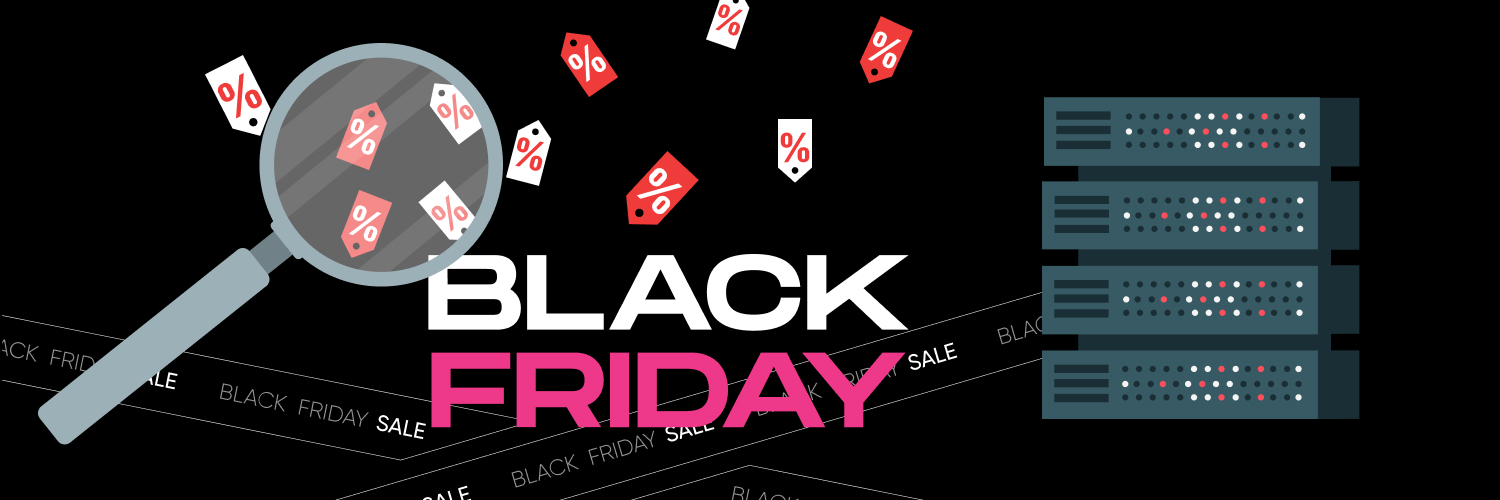4 Essential Ecommerce Analytics Tools To Grow Your Online Store
The ecommerce industry continues to grow every day with a resultant increase in the level of competition online store owners have to deal with. Data-driven insights obtained from ecommerce analytics are a key to success in this highly competitive market.
Conducting analysis is the only way to objectively access your online store and find out what is working, what areas are lacking, and how to improve. But, with the rapid technological advancements of our time, more and more tools are available to you every day, and figuring out which ones are right for your business can be tough.
In this article, we list out four must-have ecommerce analytics tools that can help you stay ahead of the competition, boost revenue and grow your business. We start by brushing over some of the benefits of ecommerce data analytics. If you are already familiar with these concepts, feel free to use the table of contents to skip ahead.
What Is Ecommerce Analytics?

Ecommerce analytics refers to the process of collecting information from all channels relevant to your online business and processing this data to uncover and assess factors that influence revenue. It helps you find trends in your customers’ behavior and understand their journey from the moment of discovery, to conversion and beyond. The insights obtained helps to drive better decision-making based on facts.
Ecommerce analytics works by accessing and optimizing certain key metrics a.k.a. Key Performance Indicators (KPIs). Every business is different and the metrics relevant to you will depend on your particular business model. Some of the most important metrics to stay on top of include acquisition costs, conversion rate, revenue per visitor, and customer retention. Check out this blog post to learn more.
Why Is Ecommerce Data Analysis Important?

We’ve already touched on some of the general benefits of ecommerce analytics. Here are some more specific ways it can help boost your business:
Detecting fraud
Analyzing ecommerce analytics data allows you to uncover patterns related to customer behavior. This can help you detect when an abnormal transaction occurs and prevent losses resulting from fraud.
Making predictions
Future outcomes can be predicted based on several ecommerce analytic variables. For instance, taking note of the number and category of products sold, and the sizes of transactions made can help you figure out what future sales might look like. It could also show you what sort of products your customers prefer and those you should place more focus on.
Inventory management is another key aspect of your ecommerce business that can benefit from the predictive nature of ecommerce analytics. Making sure that the products advertised in your shop are available in your inventory will help avoid slow deliveries and boost customer satisfaction. On the other hand, having too much of a product in stock will take up unnecessary space and increase your expenditure. Using ecommerce analytics to predict future sales can help you strike the delicate balance between demand and supply.
Personalizing customer experience
Today’s consumers prefer a personalized experience. They want to feel connected with and understood by brands. And the only way you can keep tabs on your customers and understand them is by analyzing the data that they produce. With information such as the product categories a customer visits the most, their past activity with discounts and promos, their past orders, etc., you can forecast future behaviour, make personalized recommendations that they are more likely to respond to and retain them longer.
Buffing up your marketing strategy
By analyzing metrics such as the engagement time of users visiting your website and ad clicks, you can determine the effectiveness of your digital marketing strategy. This can help you uncover gap holes, allowing you to better tailor your strategy to your target audience.
4 Must-Have Ecommerce Analytics Tools

While online businesses differ, there are some common features that every ecommerce store owner should always look for in an analytic tool. They include ease of use, affordability, and efficiency. Below are 4 tools that tick all of these boxes:
1. Google Analytics
Google Analytics is one of the most popular analytic tools available today. It’s a great starting point for any store owner that has never tracked their site. This tool can give you detailed information on your website’s traffic including the channels through which visitors find you, the pages they visit, how long they stay on a particular page, and more. It can be integrated with your ecommerce store to give you insights on metrics such as customer acquisition, conversion rates, and product performance. As mentioned above, such information can help you understand, forecast customer behavior, and give them a personalized experience.
Because it is so popular, there are literally millions of blog posts, and in-depth video tutorials available online teaching you how to use this tool to its maximum potential. And, best of all, it is completely free to use – although there are some paid options for large enterprises.
2. Kissmetrics
Kissmetrics offers advanced analytics that digs deeper than generalizations to individual behavior and preferences. This tool can help you track specific individuals visiting your site, creating “profiles” for them and giving you details of every single move they make e.g. which pages they visit, which items they select and add to their carts, etc. The ultimate goal is to help you find commonalities in the paths customers take before they make or abandon a purchase. This can help you figure out what factors are facilitating the conversion of visitors and help you convert more of your traffic into paying customers.
Additionally, Kissmetrics can be used to segment your customers based on their common interests and patterns of behavior. This allows you to find what appeals to specific demographics to better target and tailor strategies to them.
Kissmetrics is a paid tool that costs $299 to $499 per month depending on the payment plan chosen. While it is not cheap, it is definitely a worthy investment. Its ability to give you useful insights from raw data is second to none.
3. Web Scrapers
Let’s face it, your ecommerce analytics data is more than likely scattered across several channels and platforms. For instance, your sales data may be located on Shopify or Etsy while your paid ad data is living on Google ads. Having to manually collect all of this data with endless cycles of copying and pasting is nothing short of a nightmare. Thankfully, web scrapers exist. These tools automatically scan through web pages and extract relevant data from them. They take away the need for manual data collection allowing you to gather huge chunks of data within minutes and without the risk of human error.
A good web scraper, from a brand like Rayobyte’s Web Scraping API, will organize all of the data in a neat CSV or Excel file for further analysis. The data can even be directly funneled into an analytic software and save you massive amounts of time. However, there are some inherent challenges that web scrapers face and, to work efficiently, they have to be combined with another tool – web proxies.
4. Web proxies
When web scrapers try to extract data from a web page, they send requests at lightning-fast, inhuman speeds. This behavior closely resembles that of malware designed to mine private user data from websites. As such, to protect their users, most websites are quick to ban web scrapers, even though they are not actually doing anything wrong.
Web proxies can help in this situation. How? They can be used to hide IP addresses. An IP address is a distinct set of numbers and letters used to identify devices and trace their general location. When a website bans a web scraper from accessing it, it is usually through the IP address that is associated with the device the web scraper is on.
Proxies provide a different IP address through which a device can connect to a website. With a proxy, a device’s IP address will stay hidden. All interactions between the device and the website happen through the proxy IP address.
So, when a ban is issued, a proxy IP address can be used to bypass it and continue communicating with a website. As such, with proxies, web scrapers can continue collecting data even after a ban. Using multiple proxies, you can collect as much data as you want efficiently. Learn more about how proxies help optimize Ecommerce in this blog post.
The Best Proxies to Collect Data for Ecommerce Analytics

A Google search will show you that they are lots of free proxies out there. But, for several reasons, it is best to avoid them. These proxies tend to be used by many people at the same time which slows down network speeds. Additionally, the providers of such proxies typically don’t invest much in security which often results in these tools becoming a security threat to the people that use them.
If you are looking to efficiently get data for ecommerce analytics, it is best to go with a reliable paid provider. Specifically, look out for providers that offer 24/7 customer service, IP addresses in numerous locations, guaranteed fast network speeds, and unlimited Bandwidth.
Rayobyte offers all this and more. We have several proxy types available to suit even the most unique use cases. With many affordable plans available for both individuals and enterprise-level customers, our data center proxies have served numerous users over the years. Our ethically sourced residential proxies are also a great option for web scraping, allowing you to collect more data with lower chances of being detected and banned.
Final Words

Massive amounts of data are associated with your ecommerce business and analyzing that data is crucial in helping you make better decisions that can move your business forward. Using the tools described above, you can easily and quickly conduct Ecommerce analytics to gain useful insights.
The information contained within this article, including information posted by official staff, guest-submitted material, message board postings, or other third-party material is presented solely for the purposes of education and furtherance of the knowledge of the reader. All trademarks used in this publication are hereby acknowledged as the property of their respective owners.



